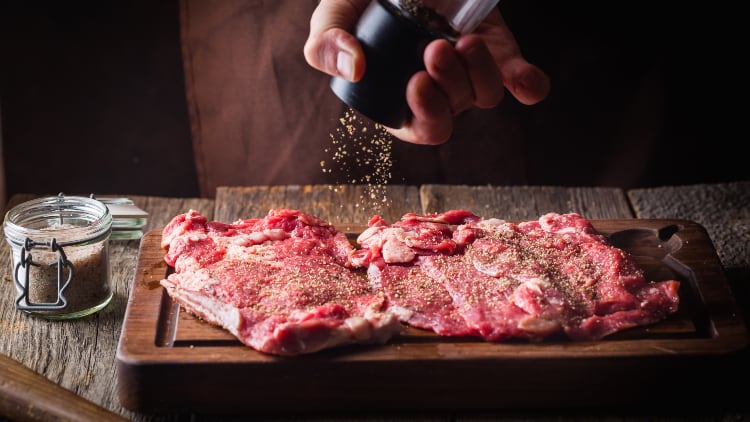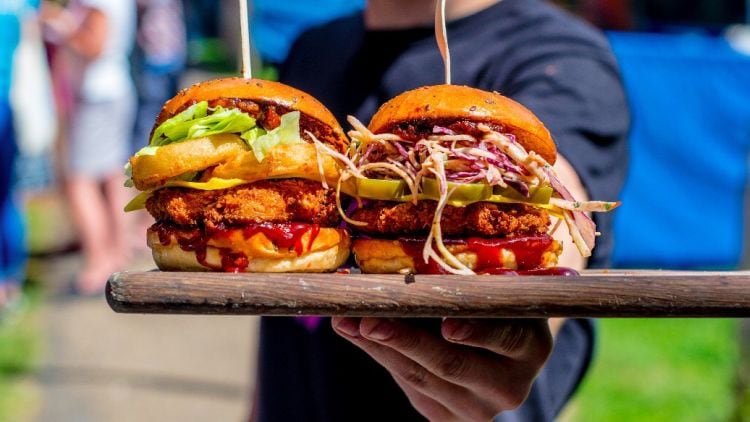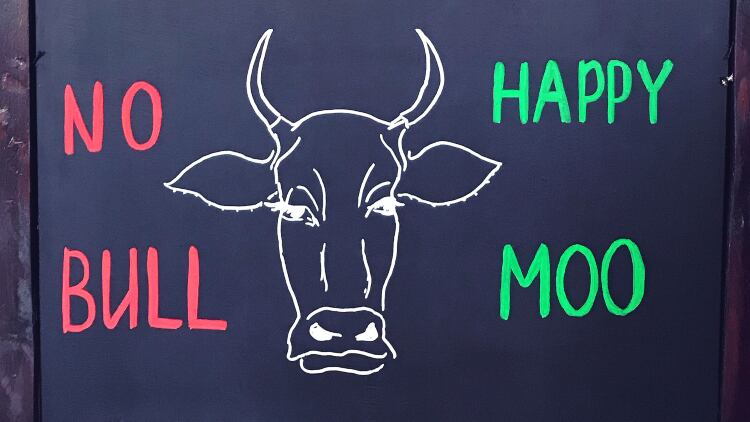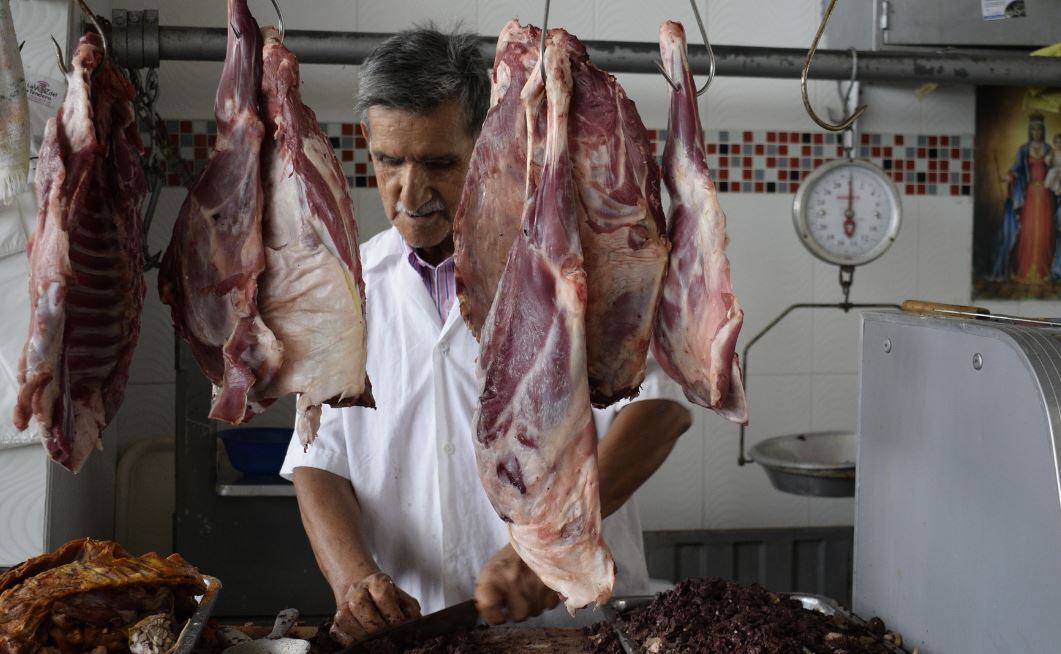Shout about it
Aubrey Allen sales and marketing director Lucianne Allen gives her advice to pubs serving meat-based dishes.
Why is provenance important to consumers?
Eating out is a treat. The public want to know, more than ever, that the meat they are eating is ethically raised and, increasingly, that they are being provided with high-quality British products because sustainability is high on their agenda.
Why should operators ensure they are highlighting this?
If pubs are doing the right thing and purchasing great ingredients with full traceability they need to distinguish themselves from the national chain pub down the road or supermarket meat so that their guests feel the value, even if the menu prices are higher. People are moving towards less meat but better quality.
How can pubs ensure they are doing it right?
They need to get out and visit suppliers, and understand how meat purchasing works and satisfy their due diligence. Is it dry aged? How can you tell it’s native breed cattle? If you aren’t informed, you can’t inform your team or your guests.
How can it impact their bottom line?
Everyone has to purchase ingredients – it’s either a cost or an investment in marketing your brand. The more transparent, the greater the trust, the better your repeat business and word of mouth referrals.
While the vegan and vegetarian trend is growing, there is still demand for meat on pub menus but continually, consumers want to know everything about their food – especially when it comes from an animal.
Trends can be swept away as quickly as they come in, however, some stick around for a few years and one of these is provenance.
The Agriculture and Horticulture Development Board (AHDB) represents farmers, growers and others in the supply chain – key to the authenticity of food ingredients.
Build trust
Karl Pendlebury, manager of Quality Schemes – part of AHDB – says: “Most operators need to get a good relationship with a butcher and build the trust in that relationship.
“Operators should ask butchers about the Quality Scheme Mark – it guarantees quality as well as being certified English and British beef or lamb.
“That is based around a specification of carcass, the specification the butcher needs to use that feeds back to slaughter and the farm so you can trace where the meat comes from through the scheme.”
Importance of traceability
When it comes to why operators should ensure there is a way of tracing where their meat comes from, Pendlebury outlines how much consumers value it.
He adds: “Provenance is becoming a key message question from consumers. They want to know where it is coming from, and that it hasn’t travelled half way around the world.
“Traceability is really important. Apart from it being a legal responsibility, it is important and good practice that consumers have the trust in the chef – and the chef has trust in the butcher.
“The trace of it coming from a farm to slaughter facility then butchers and into the food operator is really important to a consumer.
“From a chef ’s perspective keeping that mileage down from farm to slaughter adds to the quality of the meat because of the minimal stress endured in the journey for the animal and that is the first point where quality could diminish. If the animal suffers less stress, the meat quality will be better.”
Helping the UK
Pendlebury says when eating out, consumers have always been interested in where the food comes from and are now looking to do ‘their bit’ to help the country.
He adds: “When you look at the political landscape at present, people are looking at how they can utilise more British products, as a quality, in-house item. That is a focal point for consumers and chefs.”
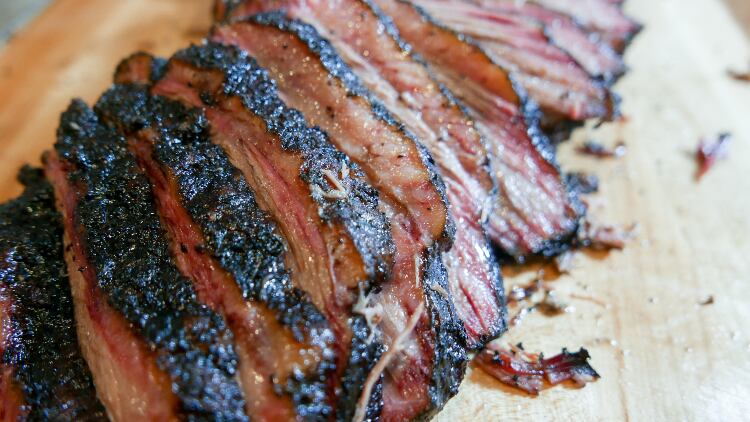
Nose-to-tail ethos
For pubs looking to become more sustainable in other ways, they could buy an entire animal and use the nose-to-tail ethos. Pendlebury advises on how to do this and make the most amount of money from using cheaper cuts of meat too: “The carcass balance is really important to all operators by utilising the four quarters into different things other than mince. Featherblade makes really nice steaks, which can be used to upsell the carcass.
“As long as you have a reasonable throughput of customers that will eat a whole lamb or will utilise the whole animal. It’s a really good alternative to just buying the primal muscle in.
“Alternatively, they can buy in alternative cuts at a cheaper price per kilo, which can increase their margins.”
Meat modules
AHDB has a free, online meat education programme that is split into modules and covers the full story of an animal, from slaughter to front of house – which can be utilised as they see fit.
It also has a meat purchasing guide that has about 800 cuts to help operators work with the butcher.
Getting meat that is in season and from local suppliers could ensure there is a clear line of traceability, which is something that is becoming increasingly important to consumers.
Menu prowess
Russell Allen, managing director of Aubrey Allen – meat supplier to the Royal household – says: “Pubs want to be able to point to something different on the menu, and consumers want to know where the meat is from. Is it organic and locally farmed?
“When the main shooting season comes to an end, sales of game meat are strong. And with the British gastropub era making pheasant dishes less gentrified, it allows for a good mark-up for operators.
“The one-time so called ‘cheaper meats’, like pork belly, have gone up in price so some are moving to different cuts.”
Allen also advises working with and talking to catering butchers about availability and possibilities, especially good-quality alternative cuts left over.
“Suppliers will often sell the prime cuts of meat to top-end restaurants but will be left with other parts of a carcass,” he says. “These alternative cuts can have excellent flavour at a fraction of the cost.
“The top restaurants may take the fillet steak, for example, leaving the catering butcher with the tail end, which can be cut into two 3oz medallions served on a plate. It’s still a great steak on the plate but for less money than a single piece tournedos.”
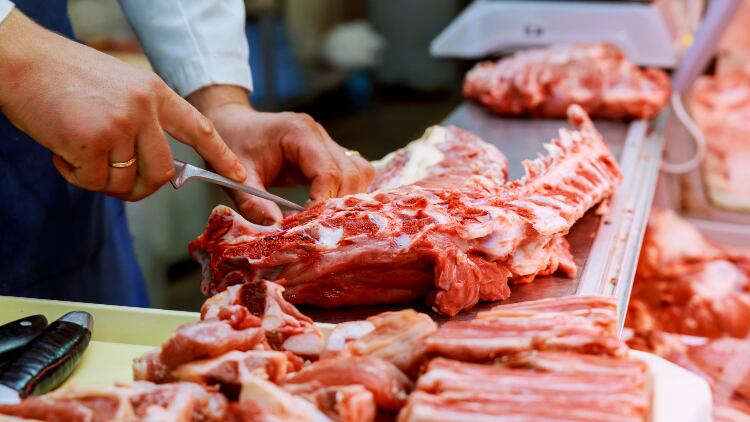
Outside influences
The same applies to the back end of the sirloin near the rump, Allen said. “Very often we have an excess of that but we can make them into pavés of beef.”
Provenance is a big trend in pub food but looking at the meat category as a wider sector, cultures from outside of the UK are big influences to British consumers when it comes to food, according to Creative Foods Europe marketing director Nigel Parkes.
He says: “Foreign cuisine continues to influence and, in some cases, dominate meal choices in and out of home.
“This is mainly as a consequence of increased foreign travel but it is also due to the retail sector broadening its range of world foods, which is encouraging us to be more adventurous at home.
“Barbecue has always been a British favourite even though we get relatively few opportunities to do it at home.
“However, with on-demand TV now being a huge part of our lives and popular programmes such as Ugly Delicious and Chef ’s Table constantly force-feeding us images of delicious brisket, smoked chicken wings and pulled pork, our desire for barbecue remains as strong as ever.”
Variations on chicken
There are particular parts of animals that appear to be top sellers and have been staples on pub menus.
Parkes adds: “American smokehouses in the UK are not new, but dishes such as ‘smoky fried chicken’, ‘smoky peri peri’ and ‘brisket chillies’ are starting to become popular with independent and chain restaurants alike, a sign we are catching up with the Americans.
“Chicken breast has been the nation’s favourite for many years, in various formats. Traditionally, nuggets, strips, goujons, Hunter’s, katsu, sweet ’n’ sour, and burgers have all been made from breast meat.
“However, with consumers eating more Asian food than ever and this cuisine’s preference for wings and thigh in products, it is only natural we have become more accustomed to these.
“We are now seeing chicken thighs being used as an alternative to breast meat as a coated chicken burger or in katsu curries.
“Poultry equates to almost half of the meat we eat and is the UK’s favourite with a total of 2.2m chickens being consumed each day.
“It was only a matter of time before we caught on to the versatility of what has previously been thought of as a secondary cut.”

